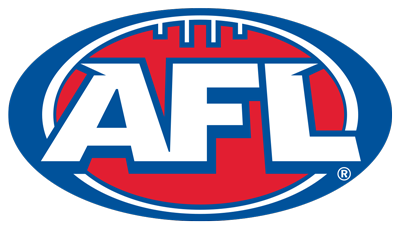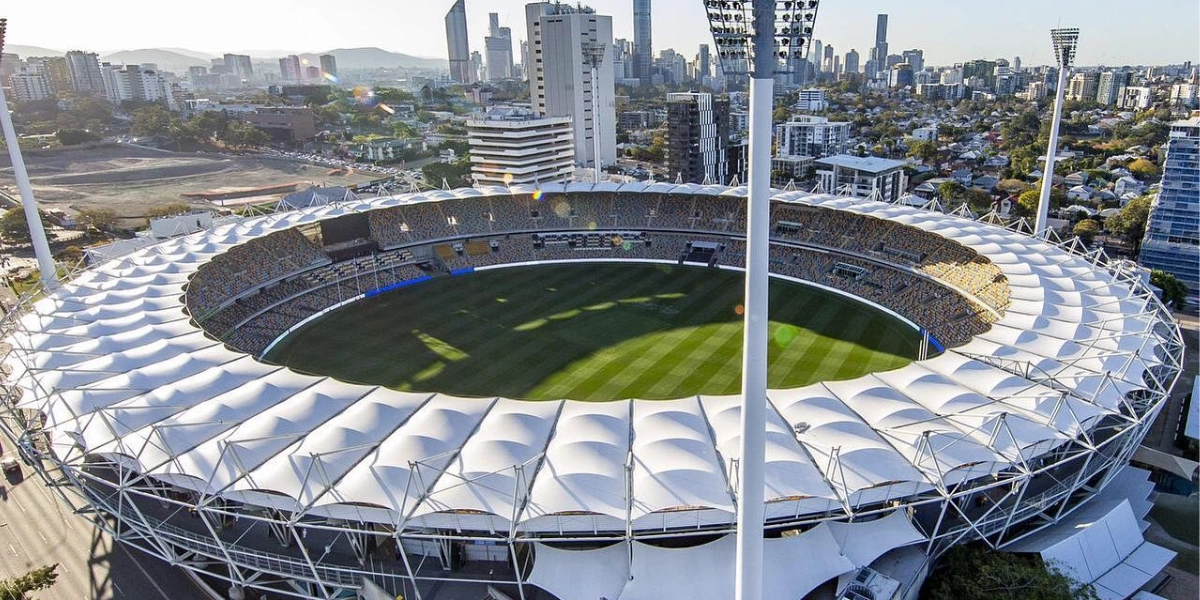Gabba Stadium
Last updated on July 25, 2024 at 14:28 pm
Posted on July 25, 2024 at 14:03 pm
Gabba Stadium in Woolloongabba, Queensland, Australia, was designated for cricket in 1895, marking the beginning of its legacy as a historic sporting icon. The first cricket match took place on December 19, 1896, initiating a long-standing tradition of cricket at the venue.
Over the years, the Gabba evolved to host greyhound racing meetings in 1928 and shared first-class cricket with the Exhibition Ground until 1931. It gained significant recognition when the first Test match was played on its grounds in 1931, solidifying its status as a premier sporting venue.
These early years laid the foundation for the Gabba to become a multifaceted stadium hosting various sports and events, contributing to its rich history and esteemed reputation in the world of sports.
Construction
The construction of Gabba Stadium involved significant costs, lasting impacts, and a grand opening.
The financial investment in the stadium’s development, along with the subsequent effects on the sporting landscape and local community, shaped its legacy.
Upon its completion, the stadium’s doors opened to a new era of sports and entertainment in the heart of Queensland.
Cost
The construction expenses linked with the redevelopment plan for the Gabba Stadium in preparation for the 2032 Olympics have sparked significant debate and scrutiny regarding projected costs and stakeholder engagement.
The proposed $1 billion reconstruction aims to expand the stadium’s capacity to 50,000 seats, enhancing its suitability for hosting major events. However, concerns have been raised about the transparency of cost projections and the lack of consultation with relevant stakeholders.
The Queensland government faces pressure to justify the budget allocation for the redevelopment amidst competing priorities. Balancing the financial investment required for modernization with the need to guarantee sustainable long-term benefits for the community remains a key challenge in the ongoing discussions surrounding the Gabba Stadium’s redevelopment.
Impacts
Amidst the ongoing debates surrounding the Gabba Stadium’s redevelopment costs for the 2032 Olympics, the construction impacts are being closely scrutinized for their potential implications on the surrounding environment and community.
The proposed $1 billion reconstruction project aimed at expanding the stadium’s capacity to 50,000 seats has raised concerns about increased noise levels, traffic congestion, and strain on local infrastructure. Environmentalists are monitoring the construction process to guarantee minimal disruption to the nearby ecosystem.
Additionally, the community is apprehensive about the long-term effects of the construction on the neighborhood’s aesthetics and residential quality. Balancing the need for modernization with the preservation of the area’s heritage and livability is vital in addressing the construction impacts of the Gabba Stadium redevelopment.
Opening
Commencement of the construction phase at Gabba Stadium marked a significant milestone in the planned redevelopment for the 2032 Olympics.
The stadium, with a rich history dating back to 1895, underwent significant upgrades over the years, including the conversion to an all-seater stadium starting in 1993 and the installation of light towers in 2020.
The current $1 billion reconstruction project aims to expand the stadium’s capacity to 50,000 seats, although it has faced criticism for its cost and lack of public consultation.
These developments reflect the ongoing efforts to modernize and enhance the facilities at Gabba Stadium, ensuring it remains a premier sporting venue for various events, including cricket, Australian rules football, and rugby, well into the future.
Development
With a focus on continuous enhancement and modernization, Gabba Stadium has undergone significant development to meet the evolving needs of sporting events and spectators alike. This ongoing process of improvement has guaranteed that the stadium remains a top-tier venue for various sports and entertainment events.
Implementation of all-seater stadium conversion from 1993 to 2005.
Installation of five light towers for night matches.
Completion of a $35 million refurbishment in 2020.
Planned $1 billion reconstruction for the 2032 Olympics, including proposed capacity expansion to 50,000 seats.
Ownership
The ownership of Gabba Stadium, a historic sporting icon located in Woolloongabba, Queensland, Australia, plays a pivotal role in its management and strategic direction. As of now, the stadium is owned by the Queensland Government through its statutory authority, Stadiums Queensland.
This ownership structure guarantees that the venue is managed in the public interest and aligns with the government’s broader sporting and entertainment objectives. Stadiums Queensland oversees the day-to-day operations, maintenance, and development of the Gabba, working closely with various sporting organizations and event promoters to coordinate activities at the venue.
The ownership by the government provides stability and long-term planning for the stadium, ensuring its continued significance in the sporting landscape of Queensland.
Australian Rules Football
Australian Rules Football at Gabba Stadium showcases a dynamic blend of athleticism and strategy, attracting a diverse fan base to witness the sport’s exhilarating contests.
Key Aspects of Australian Rules Football at Gabba Stadium:
Home to Brisbane Lions: Gabba Stadium serves as the primary home ground for the Brisbane Lions, creating a strong connection with the local community.
Historic Matches: The stadium has witnessed numerous historic Australian Rules Football matches, contributing to its rich sporting legacy.
Dynamic Playing Field: The dimensions of the playing field at Gabba Stadium provide a unique setting for Australian Rules Football games, influencing gameplay strategies.
Fan Engagement: The passionate fan base at Gabba Stadium adds to the vibrant atmosphere during Australian Rules Football matches, enhancing the overall experience for spectators.

